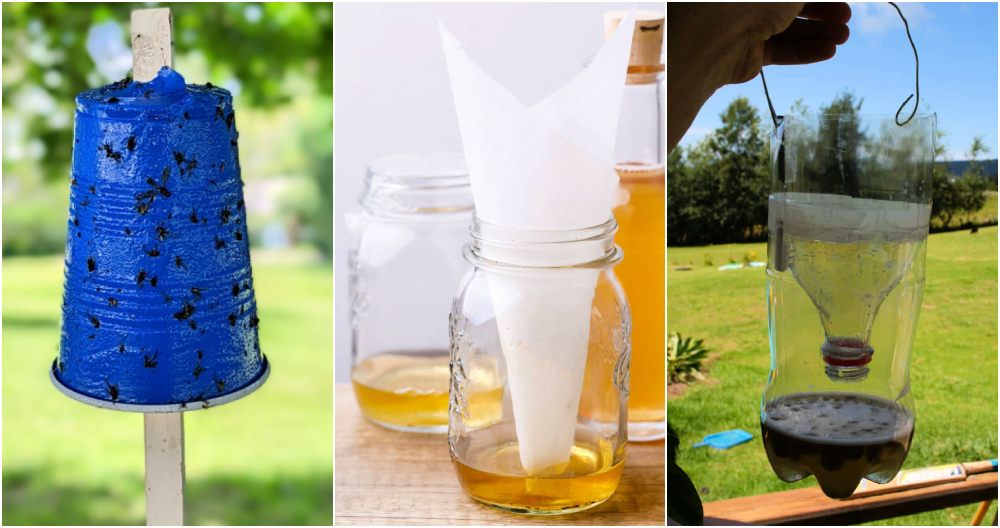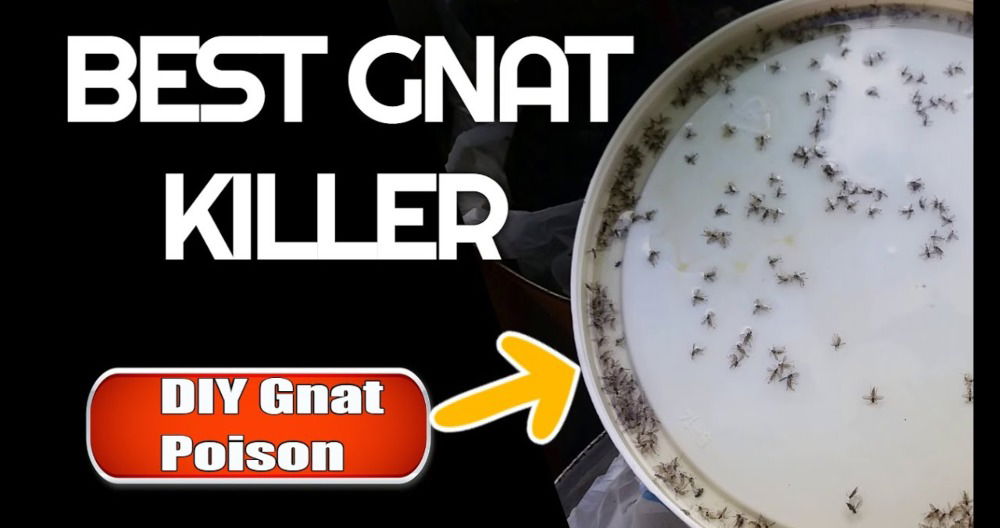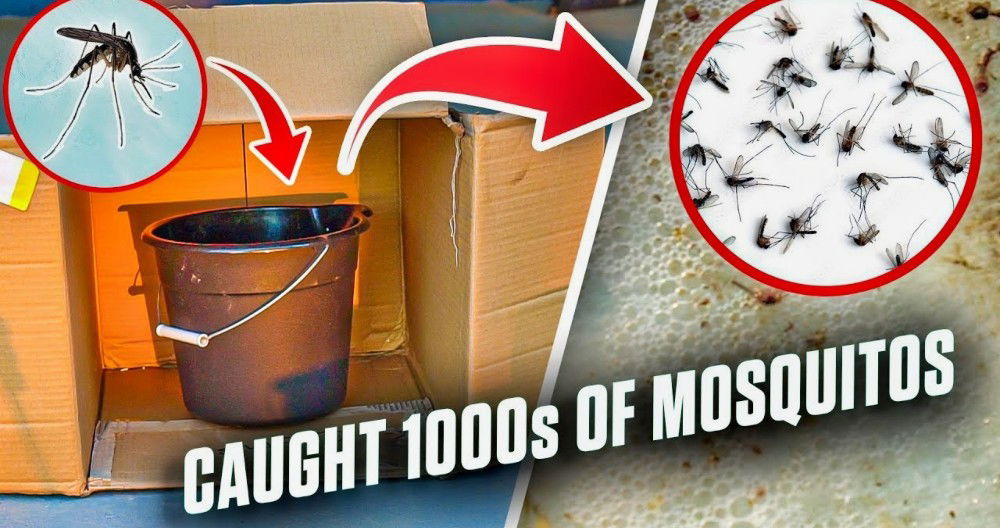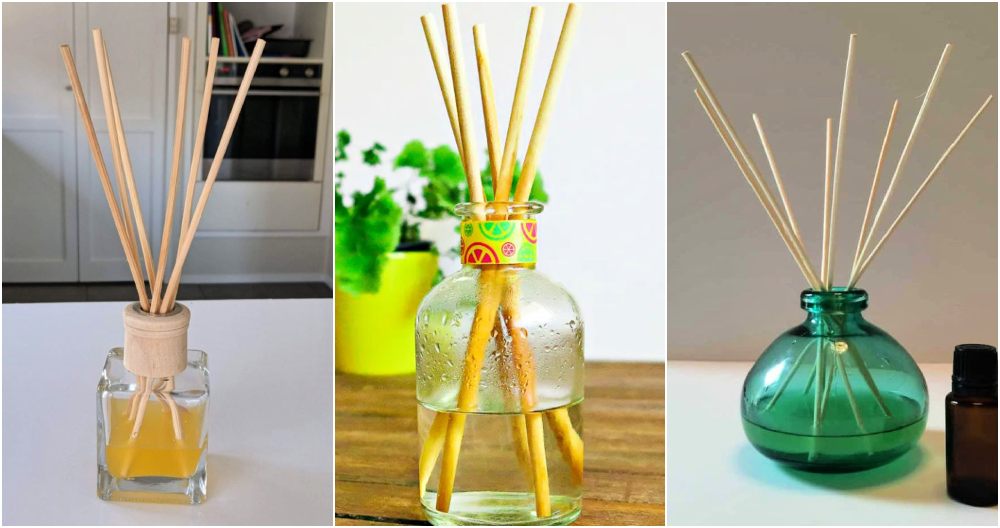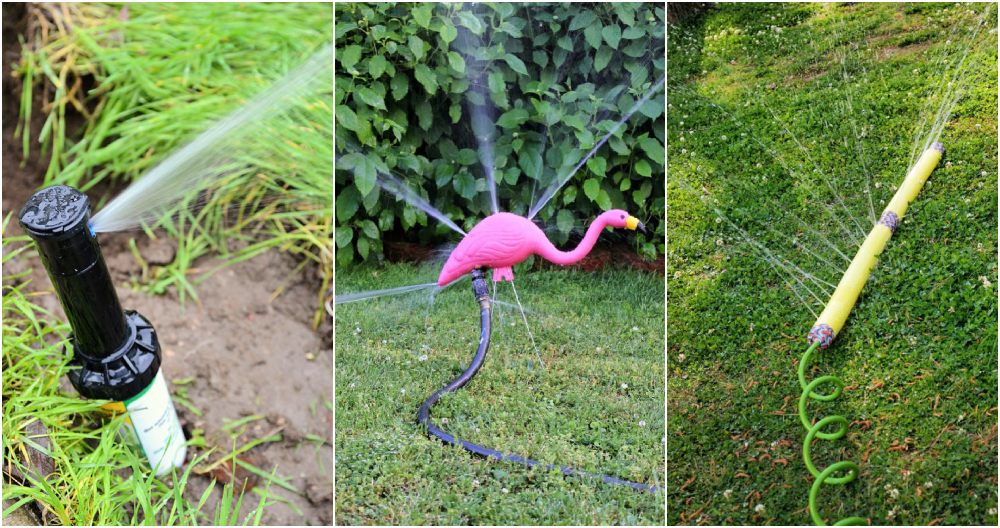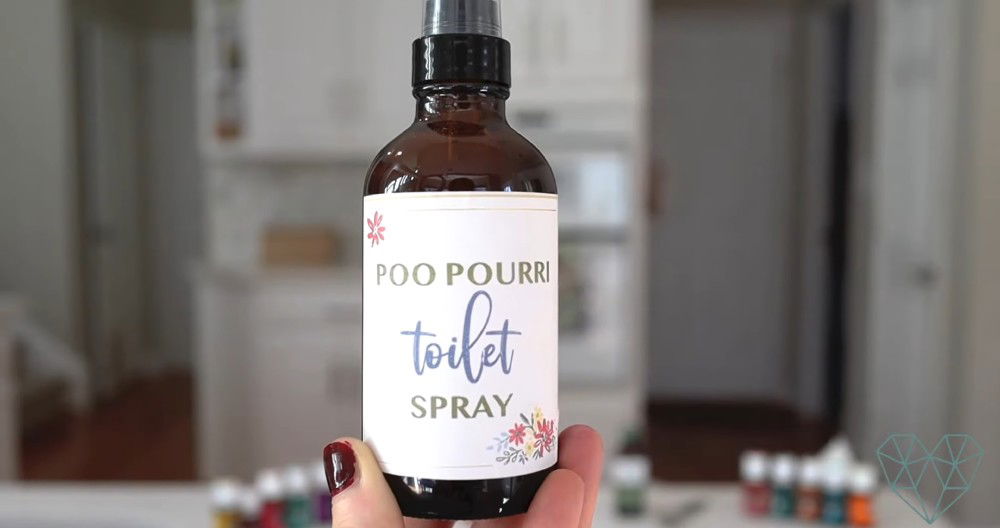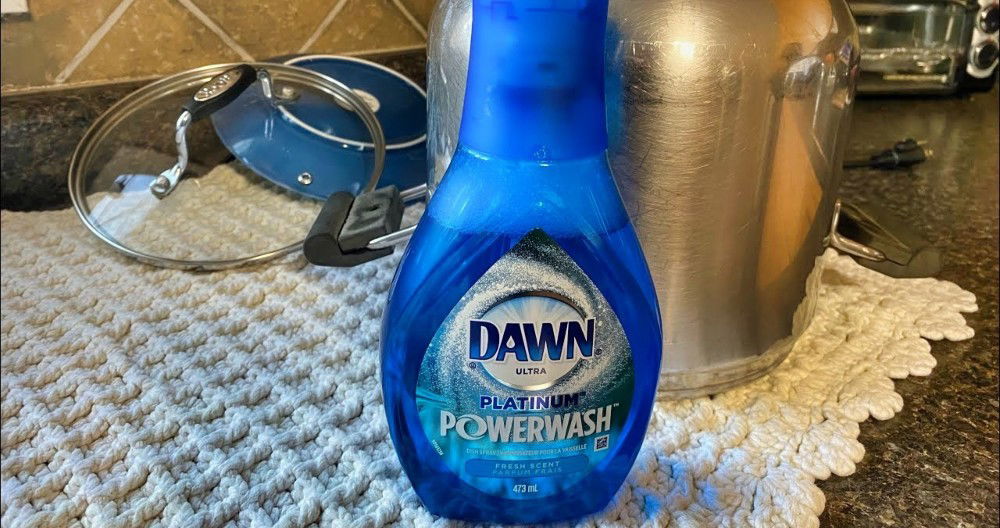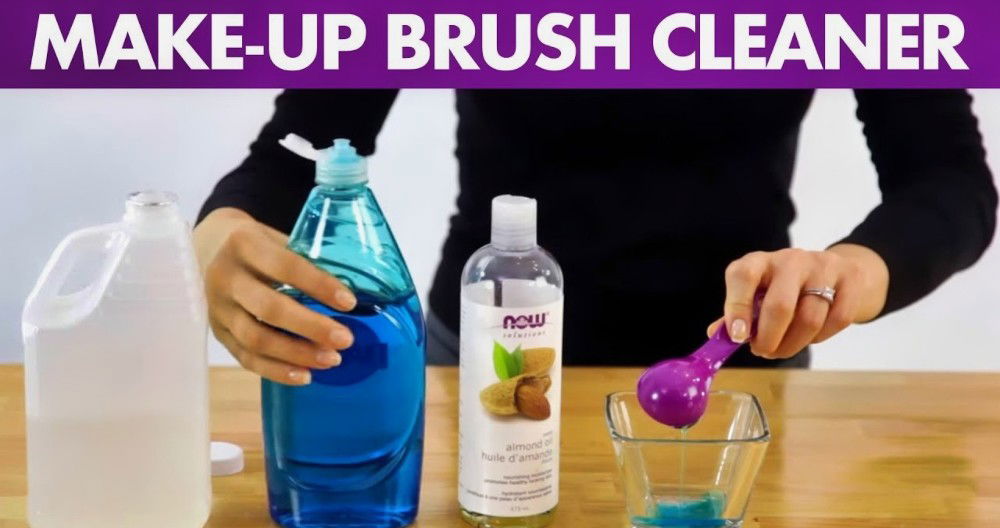Fruit flies are tiny insects that are commonly found around ripe fruits and vegetables. They are known for their remarkable ability to appear seemingly out of nowhere and multiply quickly.
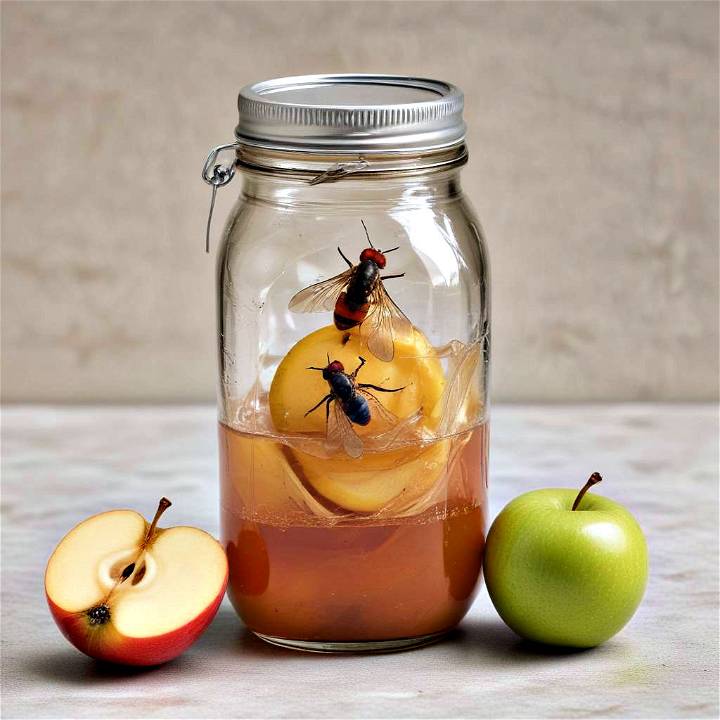
The Life Cycle of Fruit Flies
Explore the fascinating life cycle of fruit flies in this informative guide. Learn about their stages of development and how to control their population.
- Eggs: A female fruit fly lays approximately 500 eggs at a time, which hatch into larvae within just 24 hours.
- Larvae: These larvae feed on the yeast and microorganisms present on overripe or fermenting fruit, growing rapidly.
- Pupae: After several days, the larvae develop into pupae, which is a transitional stage before becoming adult flies.
- Adults: Within a week, adult fruit flies emerge, ready to mate and start the cycle all over again.
Why Are They Attracted to Your Home?
Fruit flies are attracted to:
- Ripe fruits and vegetables: They seek out the smell of ripe produce to lay their eggs.
- Fermenting liquids: Beverages like wine or beer can also attract them.
- Moist organic material: They can breed in mops, drains, and trash cans.
Common Misconceptions
- “Fruit flies come from inside fruit”: This is not true. They are attracted to the fruit after it ripens.
- “They only live for a day”: Actually, fruit flies can live up to 50 days.
By knowing fruit flies, prevent and control their presence by keeping your home clean and food stored properly. Dispose of overripe produce promptly to avoid attracting them.
Preventive Measures Against Fruit Flies
Learn effective preventive measures against fruit flies to keep your kitchen pest-free. Learn how to protect your fruits and veggies today.
Keeping Fruit Flies Away
Preventing fruit flies starts with understanding what attracts them. Here are some effective strategies:
- Store Produce Properly: Keep fruits and vegetables in the refrigerator or in sealed containers. This limits the fruit flies’ access to their food sources.
- Regular Cleaning: Wipe down counters, clean spills immediately, and wash dishes to remove any residues that could attract fruit flies.
- Manage Trash and Compost: Empty your trash and compost bins regularly. Use bins with tight-fitting lids.
Maintaining a Fruit Fly-Free Kitchen
- Check for Overripe Produce: Routinely inspect your fruits and vegetables. Discard any that are overripe or damaged.
- Clean Drains and Sinks: Fruit flies can breed in the gunk that builds up in drains. Use a drain cleaner regularly to keep them clear.
- Use Natural Repellents: Certain herbs, like basil and mint, can deter fruit flies. Keep a small pot of these herbs in your kitchen.
By implementing these measures, you can create an environment that’s less inviting to fruit flies, keeping your home free of these pesky insects.
How to Make a Fruit Fly Trap - Step by Step Guide
Fruit flies can be a nuisance in your kitchen, but by making a homemade trap, you can get rid of them easily.
Why This Method Works
The effectiveness of this fruit fly trap lies in its simplicity and the clever use of ingredients that irresistibly attract fruit flies. When these ingredients are combined, they create a concoction that draws fruit flies in, trapping them effectively. Here's why each component is vital:
- Apple Cider Vinegar: Fruit flies can't resist the smell of fermentation, and apple cider vinegar is particularly enticing. It acts as the perfect bait.
- Dish Soap: Adding dish soap breaks the vinegar's surface tension, ensuring that once the fruit flies dive in, attracted by the scent, they can't escape.
- Water: Dilutes the vinegar slightly, making it easier to trap the flies without overwhelming the scent that attracts them.
Materials Needed
- Small glass
- Dish soap (1 ounce)
- Apple cider vinegar (2 ounces)
- Cold water (3 ounces)
- Plastic wrap
- Rubber band
- Toothpick
Each of these materials plays a crucial role in creating an environment that’s inviting to fruit flies for the sole purpose of trapping them.
Step-by-Step Guide
Learn how to make a DIY fruit fly trap in this step-by-step guide. Mix ingredients, stir, prepare a trap, set, dispose, and replace for a pest-free home.
1. Mix Your Ingredients
Start by taking your small glass and adding one ounce of your favorite dish soap. Next, pour in two ounces of apple cider vinegar, followed by three ounces of cold water. This concoction is your primary weapon against the fruit flies - it's what will lure them in.
2. Stir the Mixture
Gently stir everything together, ensuring that the dish soap is well-distributed throughout the mixture. This step is crucial as it ensures that the surface tension of the vinegar is sufficiently broken by the dish soap.
3. Prepare the Trap
Now, grab a toothpick and poke several small holes in the plastic wrap. These holes should be big enough for fruit flies to enter but small enough to make it challenging for them to find their way out. The idea is to make them think they've found a great source of food, only to trap them inside.
5. Set the Trap
Place your fruit fly trap near the areas where you’ve noticed fruit flies congregating the most, such as by your fruit bowl or near your wine glasses. It usually takes a few hours to start seeing results, so be patient.
6. Dispose and Replace
After a day or two, you'll notice that your trap has collected a number of fruit flies. Dispose of the mixture and the trapped flies in the trash. It's important to replace the trap regularly, especially if you continue to see fruit flies around.
FAQs About DIY Fruit Fly Trap
Discover everything you need to know about DIY fruit fly traps. Learn how to make them, why they work, and how to get rid of pesky fruit flies for good.
What’s the Best Bait for a Fruit Fly Trap?
The most effective bait for fruit fly traps is apple cider vinegar. Its sweet and fermented smell attracts fruit flies. Adding a few drops of liquid dish soap can break the surface tension, causing flies to sink and drown upon contact.
Can I Use Wine as a Bait?
Yes, wine can be used as bait because fruit flies are attracted to the scent of fermentation. Leave a small amount of wine in a bottle, cover it with plastic wrap, poke small holes, and fruit flies will be lured in.
How Do I Make a Trap with Household Items?
You can create a simple trap using a jar, apple cider vinegar, dish soap, and plastic wrap. Fill the jar with vinegar, add soap, cover with plastic wrap, secure it with a rubber band, and poke holes in the top.
Is There a Trap That Doesn’t Use Vinegar?
If you prefer not to use vinegar, you can make a yeast-based trap. Mix active dry yeast with warm water and sugar, let it ferment, and then pour it into a jar with a paper funnel. The flies will be drawn in but won’t escape.
How Long Does It Take for the Trap to Work?
Fruit fly traps usually start working immediately. However, it may take a few hours to a day to see a significant number of flies trapped.
How Often Should I Change the Bait?
Replace the bait every few days or when you notice it’s no longer attracting flies. Fresh bait is more effective.
Can I Make a Trap That Catches but Doesn’t Kill Fruit Flies?
Yes, you can make a non-lethal trap by placing a piece of ripe fruit in a jar, covering it with a cone-shaped coffee filter, and leaving a small opening at the bottom. The flies can enter but won’t be able to escape easily. You can then release them outside.
By using these FAQs to guide you, you can create an effective DIY fruit fly trap that suits your preferences and helps keep your home free from these pests.
Conclusion:
Making an easy homemade fruit fly trap has been a game-changer in keeping my kitchen fruit fly-free. It's not just effective but also straightforward and uses materials that are usually on hand. Sharing this method brings me great joy, knowing it could relieve someone else's fruit fly frustrations. Remember, consistency is key. If you continue to have a fruit fly problem, keep placing fresh traps until they're gone. Patience and perseverance will lead you to a fruit fly-free environment.
And there you have it—a simple, efficient solution to deal with those unwelcome kitchen guests. Say goodbye to fruit flies for good and hello to a cleaner, more peaceful home environment.


